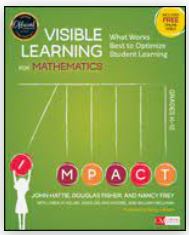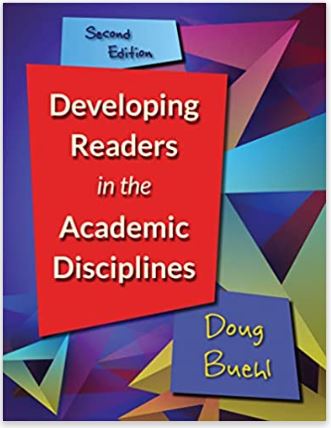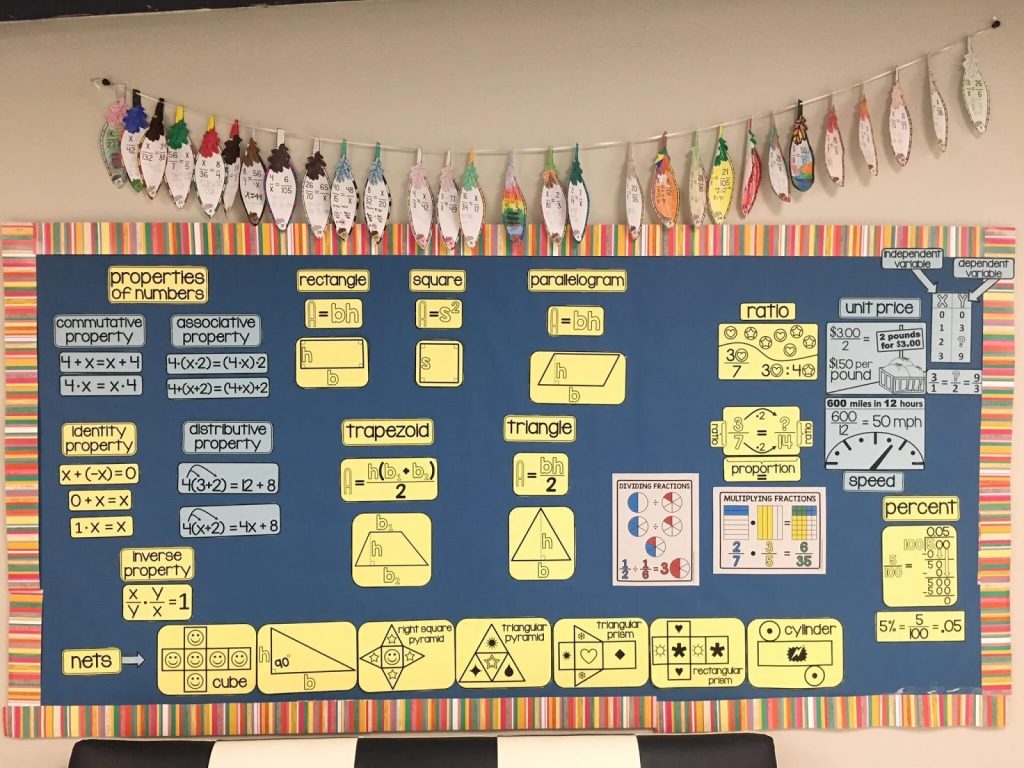Hattie lists the effect size of Vocabulary instruction as 0.67 (High). Ensuring students use and learn math vocabulary helps develop a mindset for learning mathematics. Students cannot articiluate what they know or don’t understand without a working knowledge of appropriate vocabulary. Word walls are effective ONLY IF they are actively referenced

. Word walls made of words contributed by the class are more effective than “canned” wordwalls that can be purchased.
There are three ways to introduce vocabulary:
Preteaching–or frontloading vocabulary
Just in Time – during the course of the lesson
Formalizing– at the end of the lesson and consolidation at end of concept or unit.
The most effective way to teach vocabulary is to teach “generative vocabulary”, making connections to root words and meanings across subject areas and also life connections that students may understand. For instance “Quadratic”. Quad = 4 . Four quadrants on the cartesian plane, 4 wheels on a quad, Quadrilateral has four sides. A square is a quadrilateral (quadratum in latin) and a quadratic equation contains a squared variable.
“Cent” is 100 in French, a century has 100 years, a penny is one cent (100 of them make a dollar) and “per cent” means “for each one hundred”.

In his book “Developing Readers in the Academic Disciplines”, Doug Buehl explains the importance of specifically teaching vocabulary, and teaching students how to read academic texts, which becomes critically important as they enter high school.

Word wall image from article “Five Ways Word Walls Changed my Teaching“, from the site Scaffolded Math and Science.
CTTCS_8th-Grade-Vocabulary-List CTTCS_9th-Grade-Vocabulary-List CTTCS_Grade1_Vocabulary_Draft CTTCS_grade1to3vocabulary CTTCS_Grade2_-Vocabulary_Draft CTTCS_Grade3_Vocabulary_Draft CTTCS_grade4to6vocabulary CTTCS_Grade5_Vocabulary_Draft CTTCS_Grade6_Vocabulary_Draft CTTCS_grade7to9vocabulary
